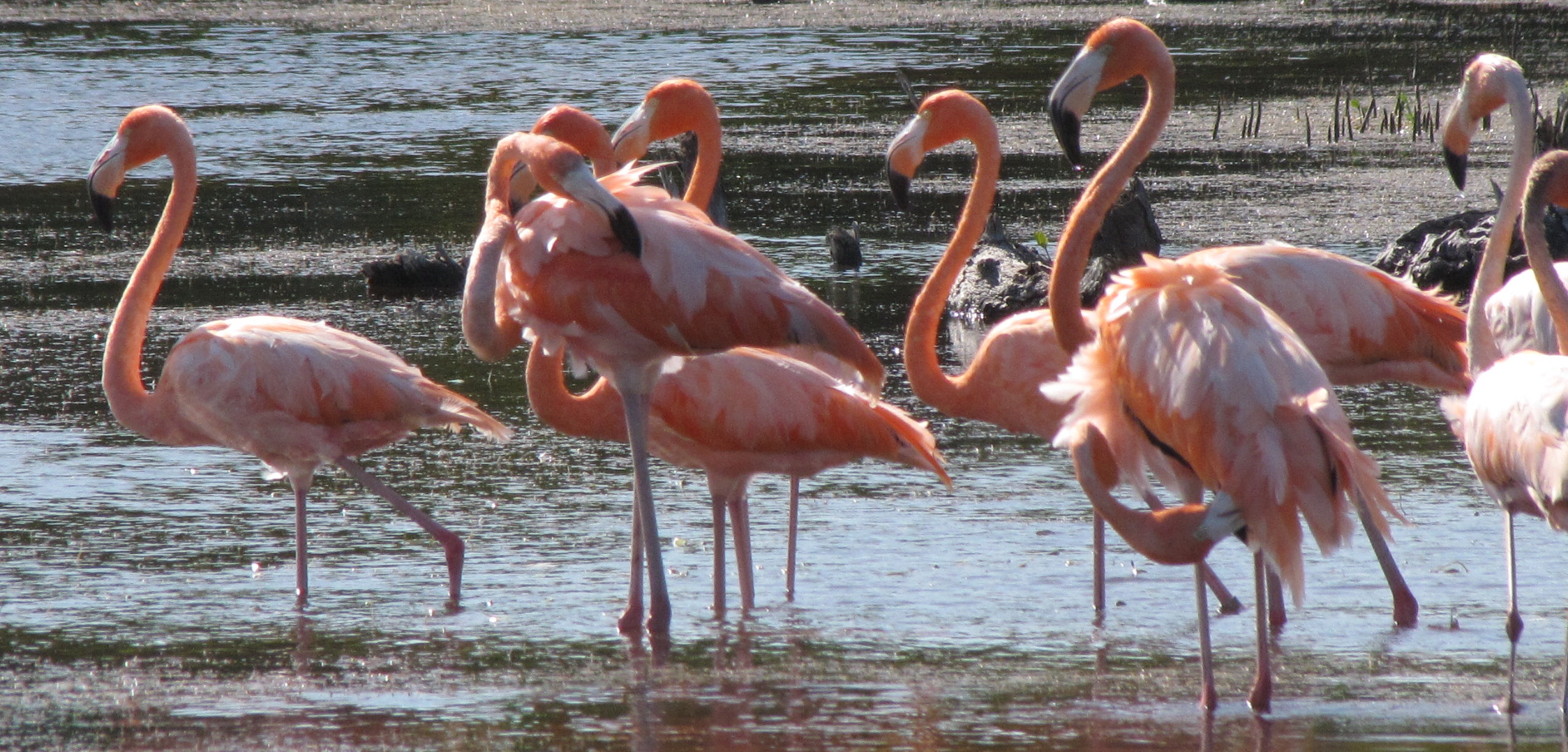I’ve been to Uxmal several times. I’ve visited Aké, Calakmul, Chichen Itzá, Mayapan, and more. I’m fascinated by ancient “lost” cities. Recently I was honored to be invited by a friend and neighbor to hike into some of the more remote sites. It was especially delightful, due to his expertise, as he has been exploring ruins of the Puuc region (meaning: hills) for over thirty years, and knows of ruins that are remote from tourism in Yucatan.
Stephan Merk, that neighbor in Merida, is serious about these ruins, and has written about them (see two books at top of linked page). He organized our overnight visit chronologically, so that another friend and I would notice the evolution of the architectural styles, starting with the proto-Puuc, and transitioning all the way to the “squatters” after the population collapse, encompassing more than 500 years of masonry building practices.
Here’s a photo of our intrepid instructor, seated at a spot he has chosen as a time-study for capturing the aging of a ruin, and its observer, having collected these images seated upon this same block, at Canacruz/Chuncatzim 1, over the years :
Above is the oldest site we visited — on the grounds of the eco-lodge where we stayed. Just imagine exploring a smallish temple/house in the jungle that was likely built around the year 550, of the common era! (The person in straw sombrero at top of rise is Umberto, a Mayan guide who is often available at the lodge.)








